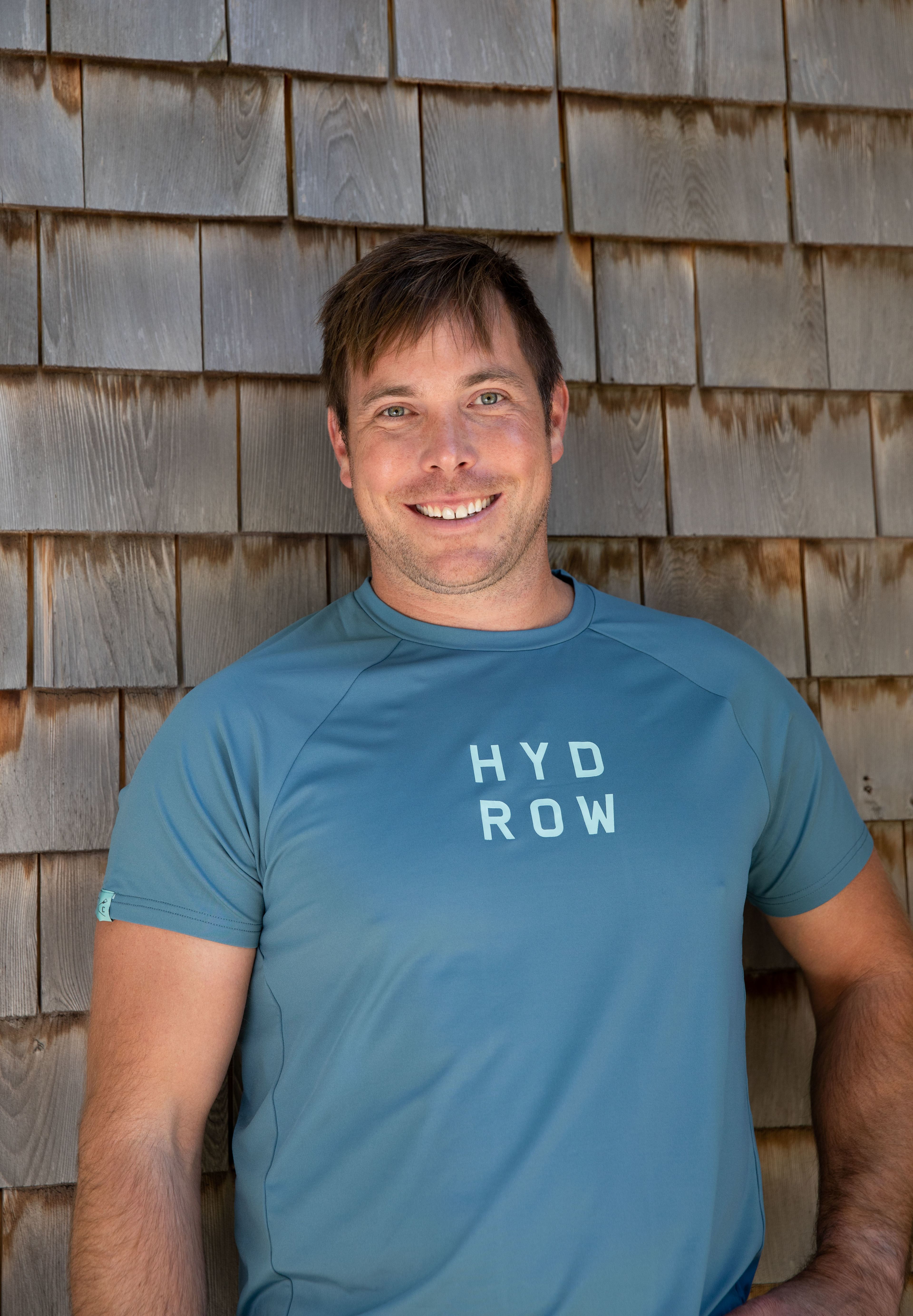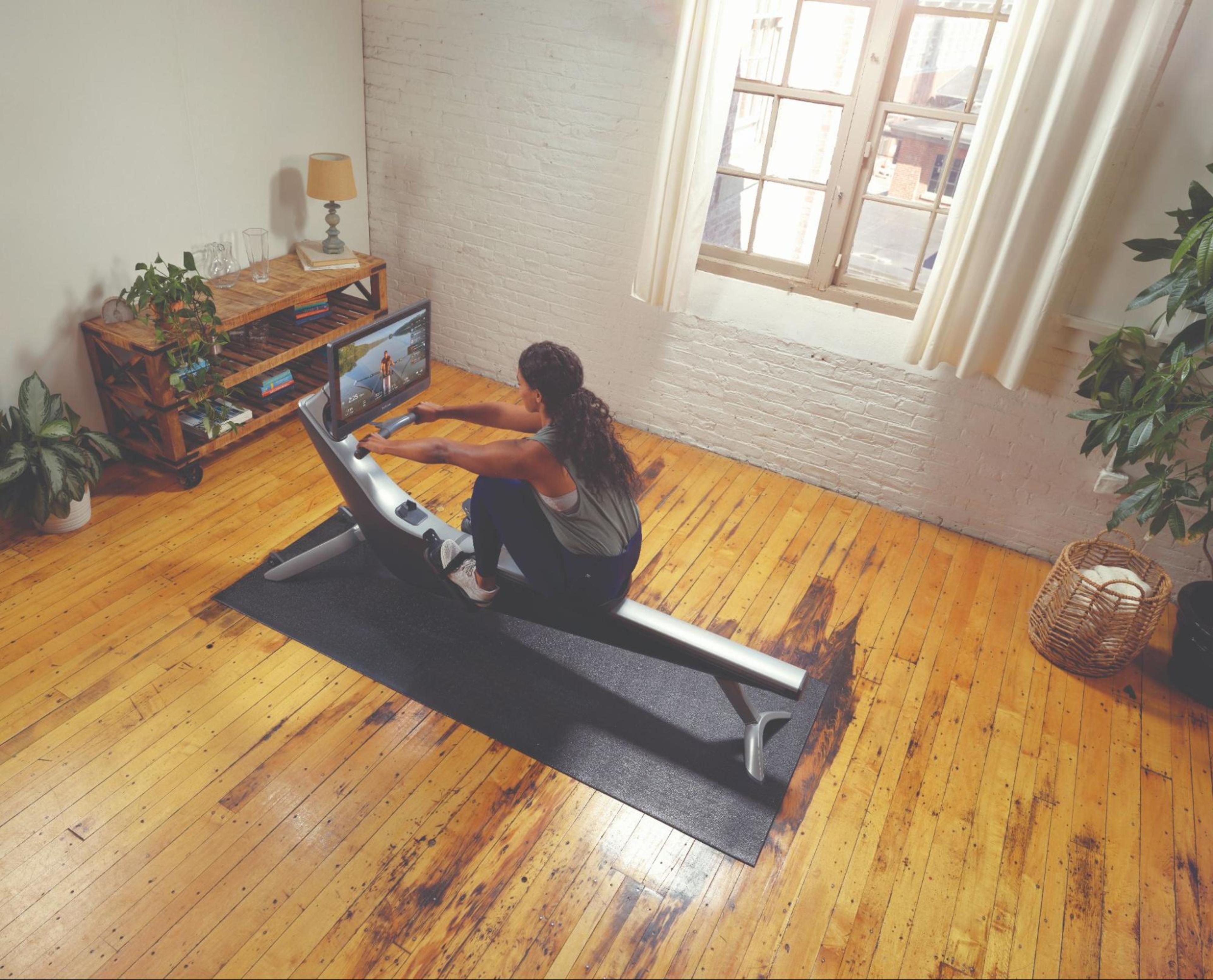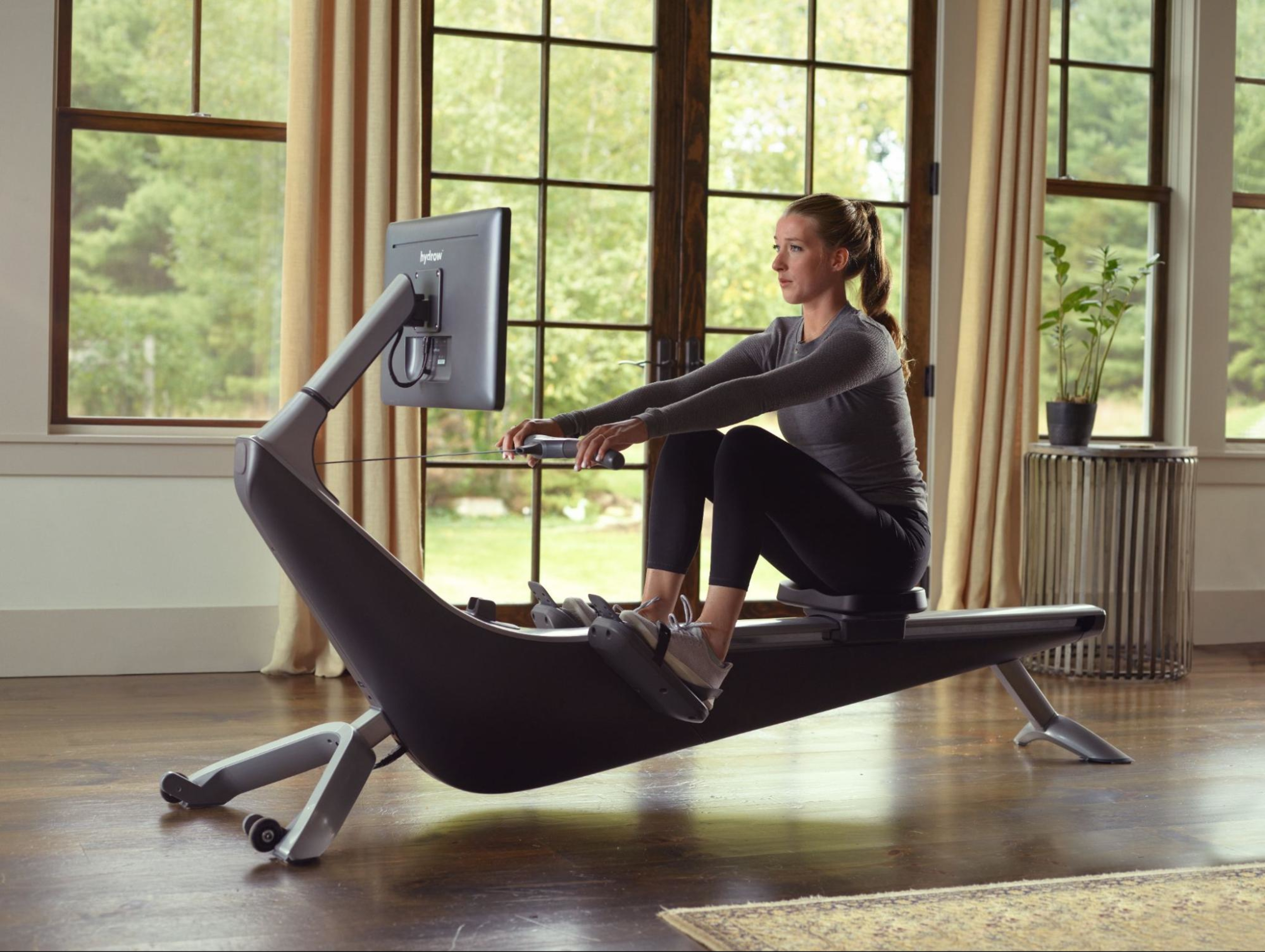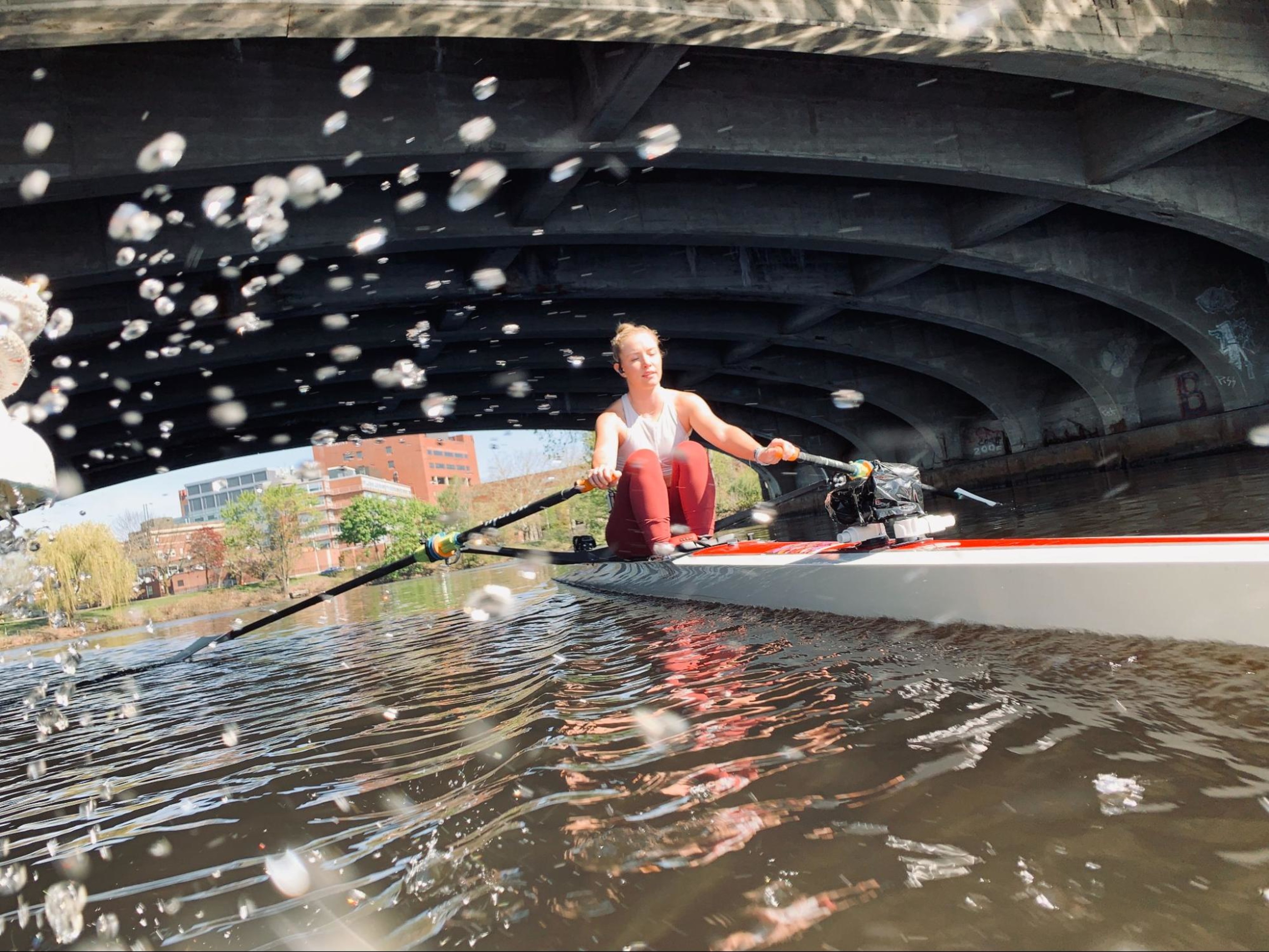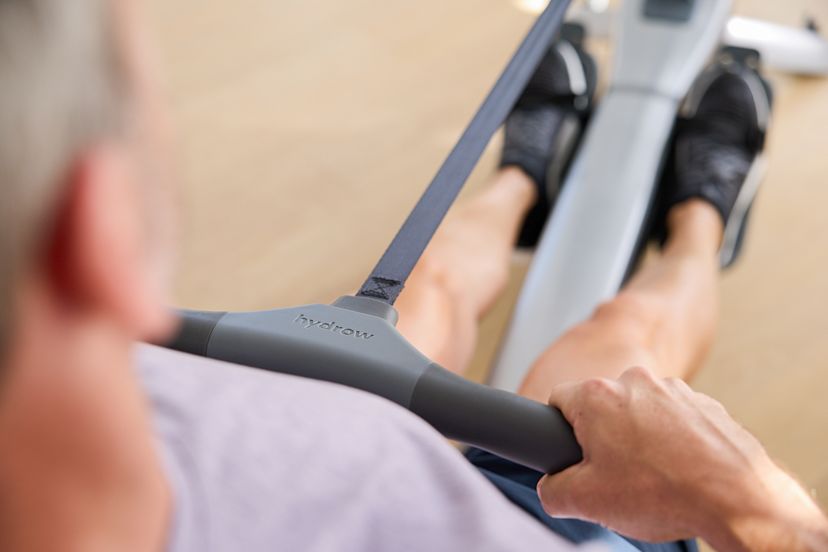What Is a Good Rowing Pace?
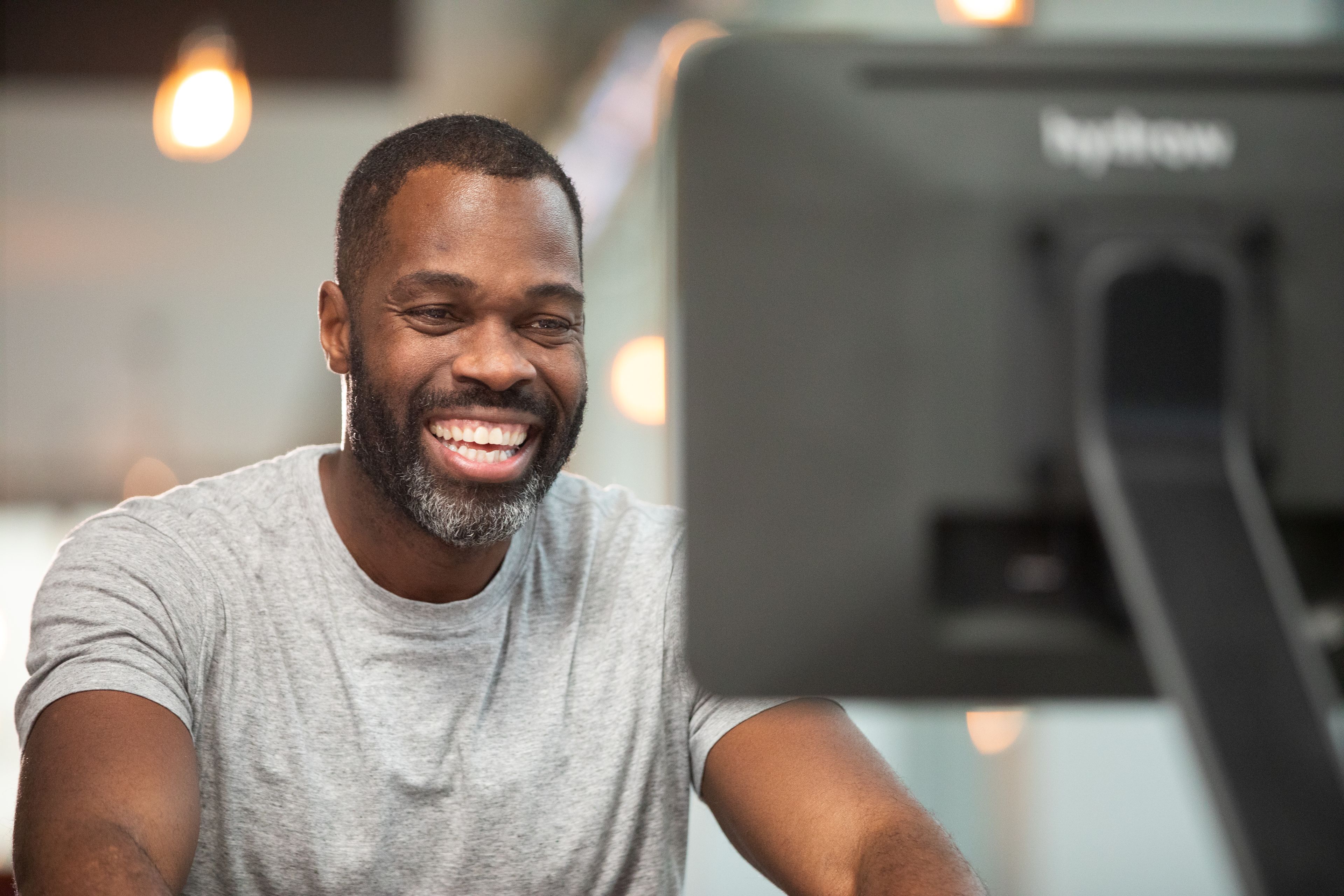
One of the most common subjects I get asked about is the subject of rowing pace and what is considered a good rowing pace for different fitness levels. Knowing and understanding your rowing pace is an important part of being able to optimize your training sessions to ensure you’re exerting yourself at the right rate and level for the distance you are about to cover.
In this blog post, we’ll talk about:
Let’s get started!
What does rowing pace mean?
First, let’s talk about what exactly rowing pace means. Pace in rowing is defined by how quickly you cover a 500-meter distance (a little over a quarter mile).
One pace will be comfortable for long cardio sessions, while a faster, more powerful pace will be perfect for anaerobic work or short, quick distances. To put it simply, the faster your pace, the higher your heart rate and the amount of strain on your body.
Understanding pace can help when you are racing or working toward a personal record (PR). Knowing your body and having a plan to allocate the right amount of energy so the wheels don’t fall off prior to the finish line is how you avoid the dreaded “Fly and Die,” a delightfully descriptive way to sum up the experience of starting a workout too high, hard, and fast and not having the energy to finish.
As your fitness goes up and your rowing stroke technique becomes more efficient, you will find that paces that used to seem challenging are suddenly easier. But as a wise coach once said, “It never actually gets easier — you just get faster!”
What is a good rowing machine pace for beginner rowers?
For indoor rowing beginners, the goal should be learning to row a consistent split at a consistent rhythm number. Wherever you start is fine — it’s your baseline and launching platform for your rowing journey! A better beginner goal is not letting your split vary for more than one or two seconds or letting the rate bounce up or down from stroke to stroke.
While many are eager to crank their volume to 10 and rev up their rhythm number to over 30, I recommend learning to control your split/pace at low stroke rates like 18 or 20. Low rhythms set novice rowers up for success, as there is more time to adjust your form and think about what you are doing and feeling.
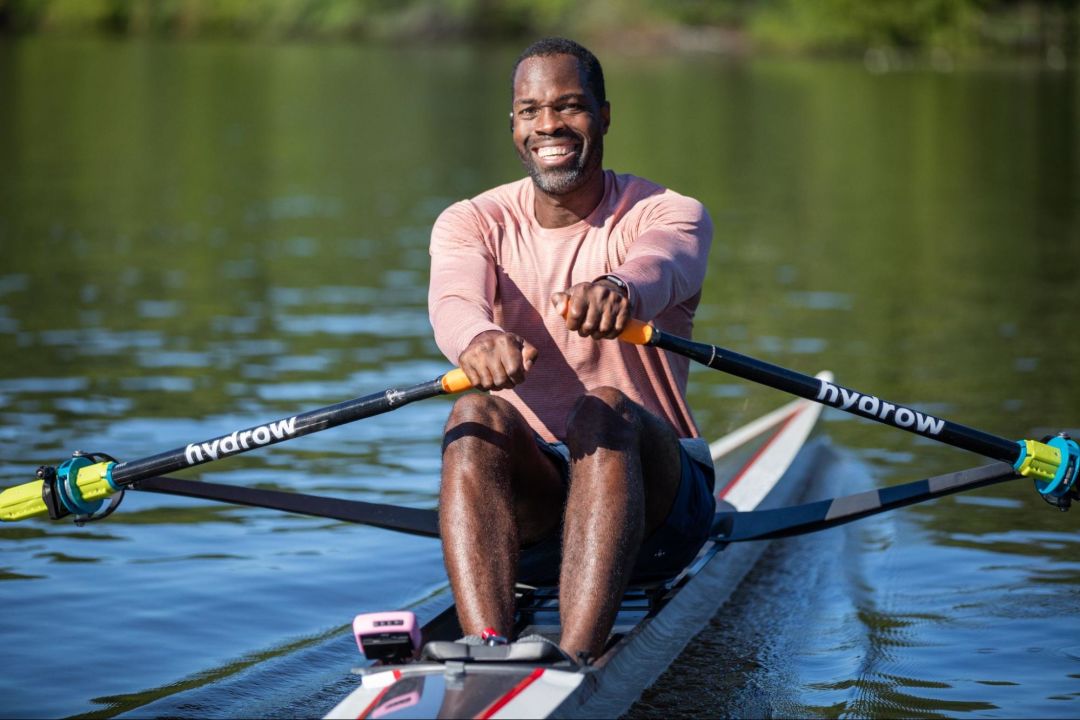
Experience the most immersive and efficient total-body workout with Hydrow.
What is a good rowing pace for intermediate rowers?
Once you build some success maintaining a pace at these lower rates, you can start to play with higher rates and faster paces, which require more coordination, stability, anticipation, quickness, and focus.
Rowing the same pace at 18 strokes per minute compared to 30 strokes per minute is going to feel different. Rowing at low rhythm numbers builds strength while keeping your heart rate low — a conversational walk or jog pace is a good baseline to aim for here.
Once you start understanding your baseline paces at low stroke rates, you can start extrapolating what your pace should be when rhythm numbers change.
I typically look for 1–2 split seconds improvement with every addition of two strokes per minute. So, if I’m rowing at a pace of 1:54 at rhythm number 18 and I keep my effort per stroke the same as I build to a rhythm number 20, I would see my pace improve to 1:52.
Now, this is just a guideline, but the concept is sound: More strokes + the same power per stroke = faster pace or split.
What is a good rowing pace for advanced rowers?
Last but not least comes the part where I discuss the numbers (and you can see how you stack up!). If we’re talking about elite numbers from the world’s best rowers, these individuals cover the 2 kilometer distance well under 1:30 for the men’s (worlds best 5:35.8) category and under 1:45 for the women’s category (worlds best 6:21.1).
With that in mind, it’s unsurprising that elite athletes’ steady-state rows are faster than the general public’s race pace, with steady state in the high 1:40s for men and mid-high 1:50s for women. But trust me, these feats don’t happen overnight. It took many, many, many miles and a lot of sweat to build that kind of mental toughness, strength, and physiology.
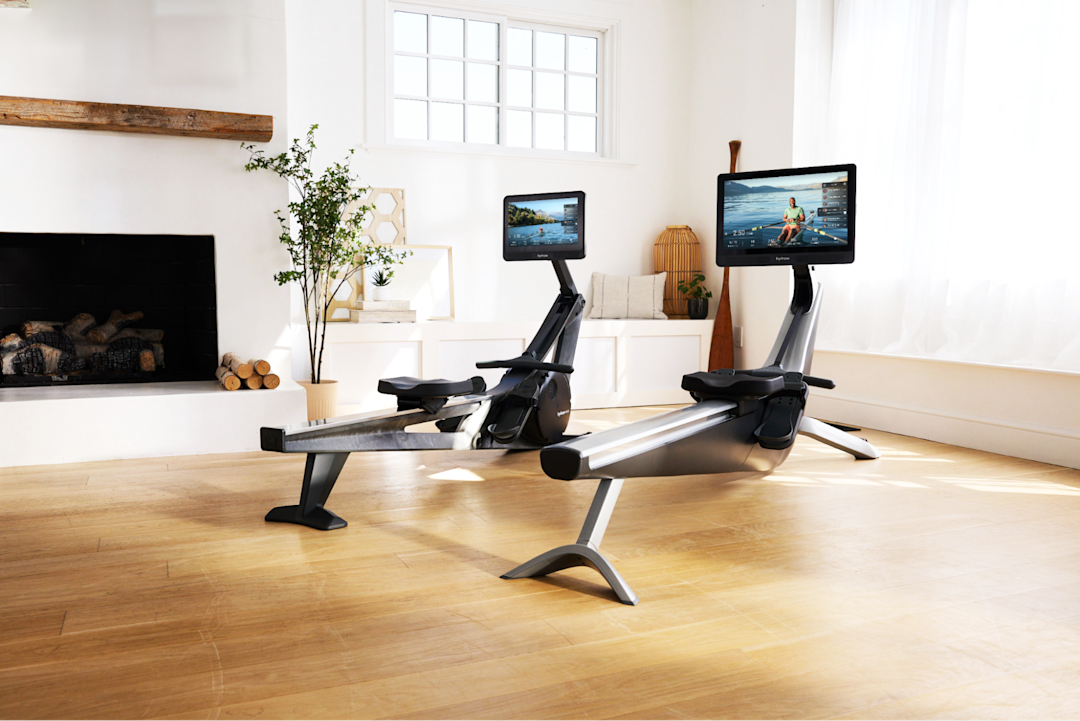
Considering a Hydrow rowing machine? We tackle all your burning questions in our FAQ guide.
How to improve your rowing pace
For the beginner rower, I often say that “the only consistent thing is that they are inconsistent.” When you are getting started on your rowing journey, the best way to improve your pace is to aim for consistency. That may mean a two-minute split, a three-minute split, or a four-minute split. Whatever you’re doing, it’s all good — and trust me, you are winning a race every time you sit down, regardless of the numbers staring back at you!
Be present and aware of your body while rowing. Notice when an adjustment affects your split (either positively or negatively!) and connect those moments with the sensations you feel in your body. Use all of your senses — hear the acceleration of your stroke and feel how you’re moving your weight and generating power through the sensations in your hands, feet, and seat.
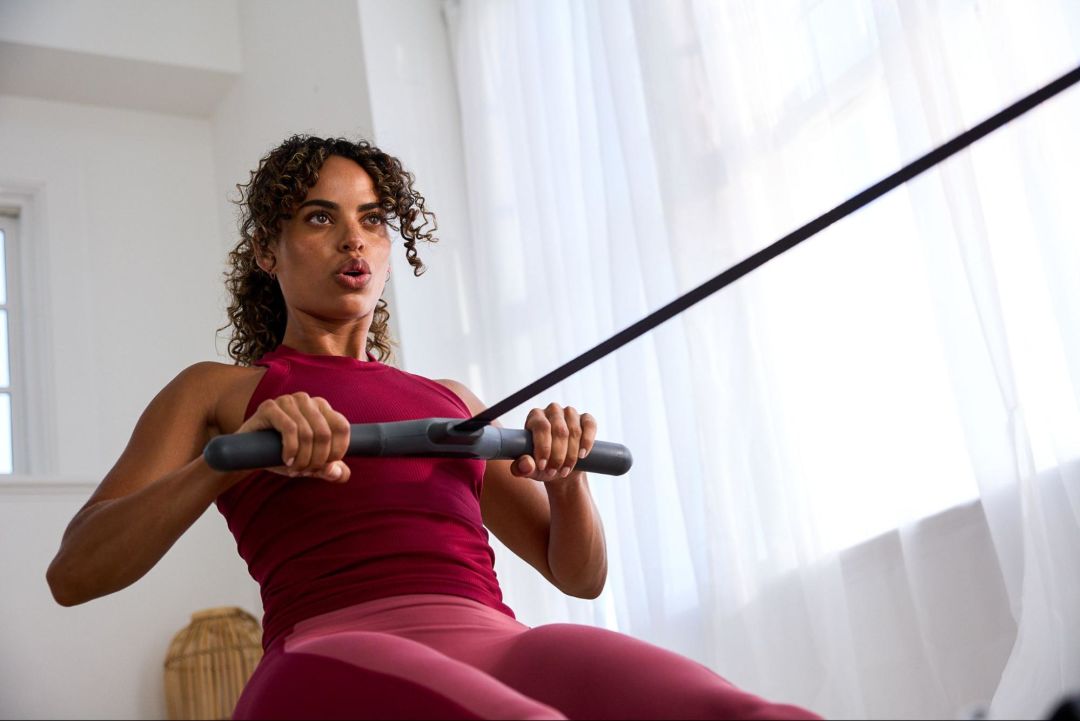
Efficient and Effective
Work 86% of your muscles in just 20 minutes with a Hydrow rowing machine.
For reference, here are the stroke rates I associate with different levels of effort when training. Play around to see how these numbers feel in your body and affect your overall pace:
Walk pace / steady state: 18–20
Jog pace / hard steady: 20–24
Run pace / tempo: 26–28
Sprint pace / race pace: 30–34
Max pace: 30+
The learning curve for rowing can be steep, and it’s absolutely normal to feel frustrated in the beginning if your pace isn’t where you want it to be. Keep in mind that your “Aha!” moment is right around the corner. When that happens, your rate of improvement can be very fast.
Final thoughts: What is a good rowing pace?
Improving your pace when rowing takes time and focus (and maybe a one-on-one coaching session or two!). Simply throwing energy or effort around without focusing on where that energy is being directed won’t lead to controlled pacing or speed.
If you’re looking to incorporate rowing into your workout routine, be sure to check out Hydrow’s rowing machines. These indoor rowers are perfect for people of all fitness levels and offer a comprehensive library of over 4,000 workouts, all led by world-class Athletes to help keep you motivated and on the road toward improvement every step of the way.
Taking Hydrow’s Five-Minute Baseline Row is a great starting place to find your personal number as you start your rowing journey, or, if you’ve been rowing for a while, to check in on your fitness. The next step is as simple as sitting down and joining me on the water! No matter where you are starting from, we will move forward together, one stroke at a time.
Can’t wait to see you out there!

Explore Hydrow
Learn more about how you can transform your fitness routine with a rowing machine.
